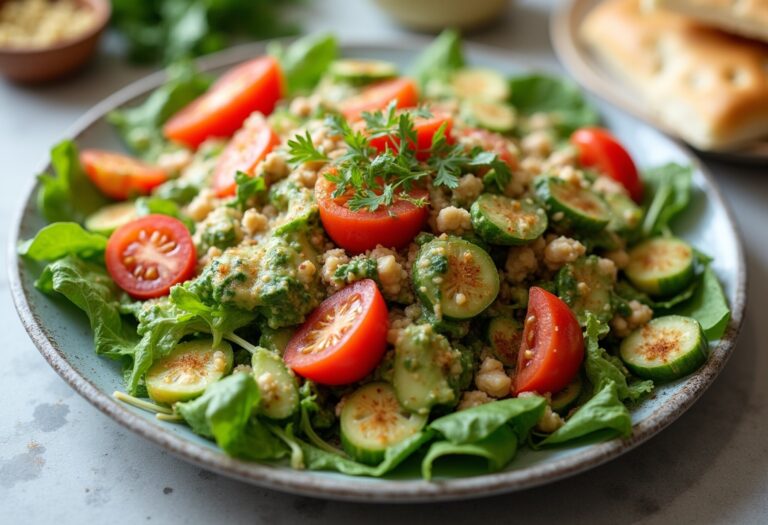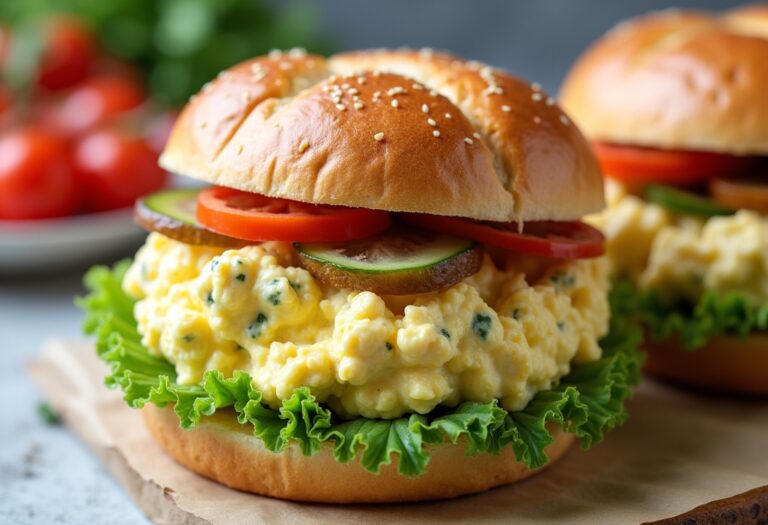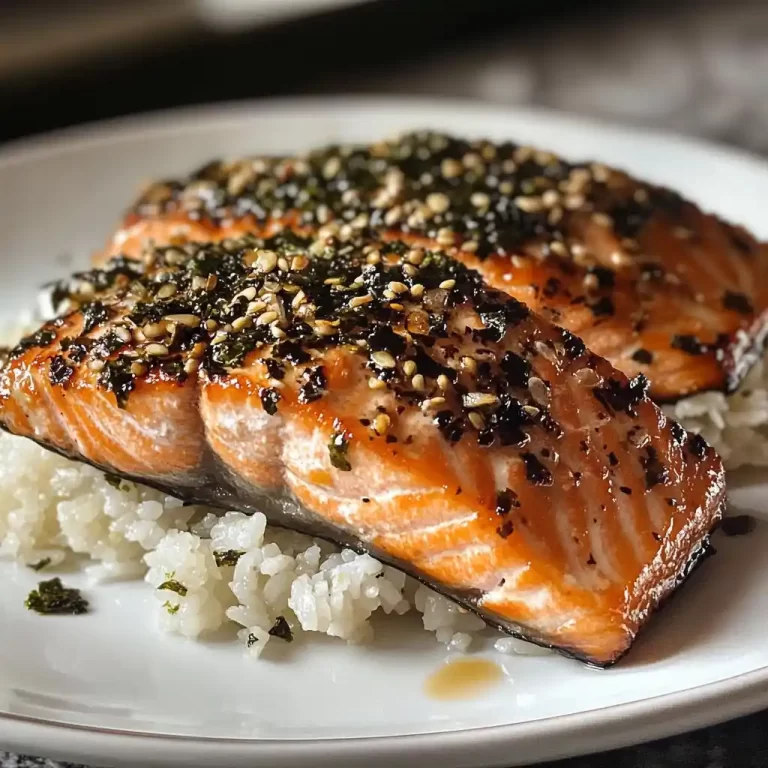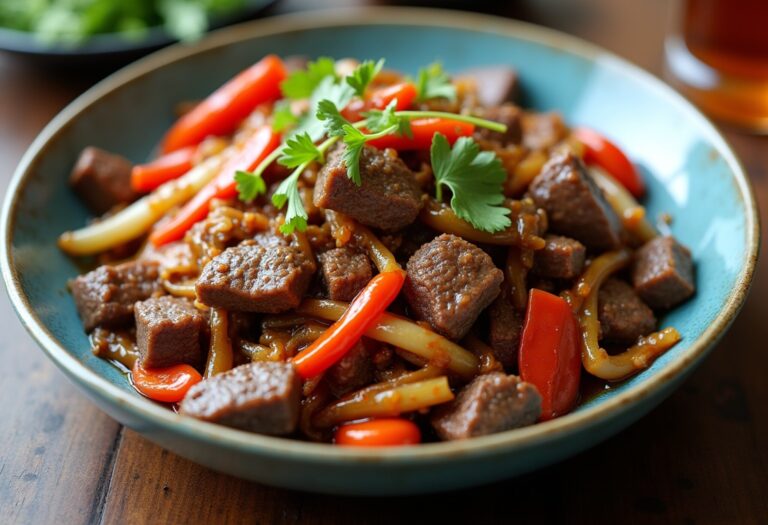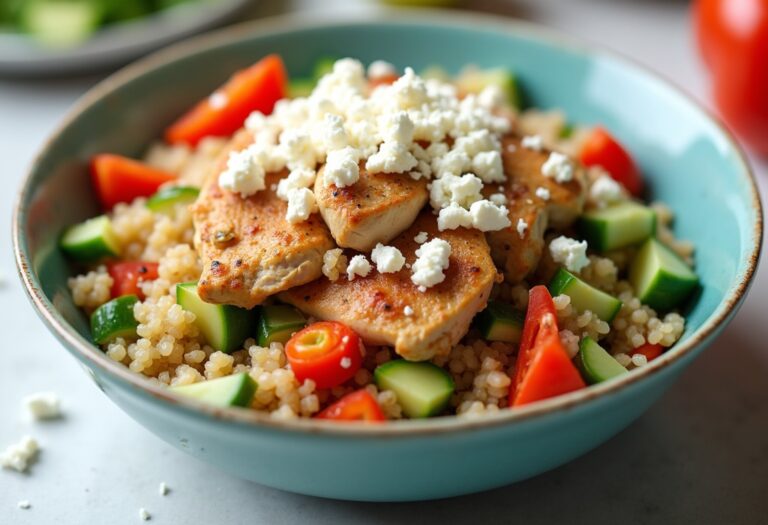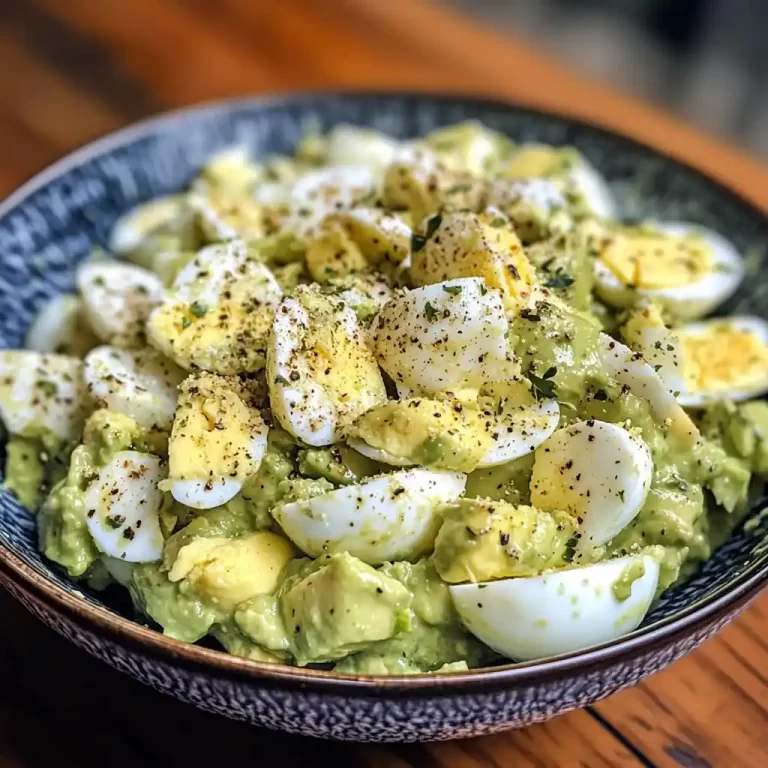Beef Chow Mein Recipe
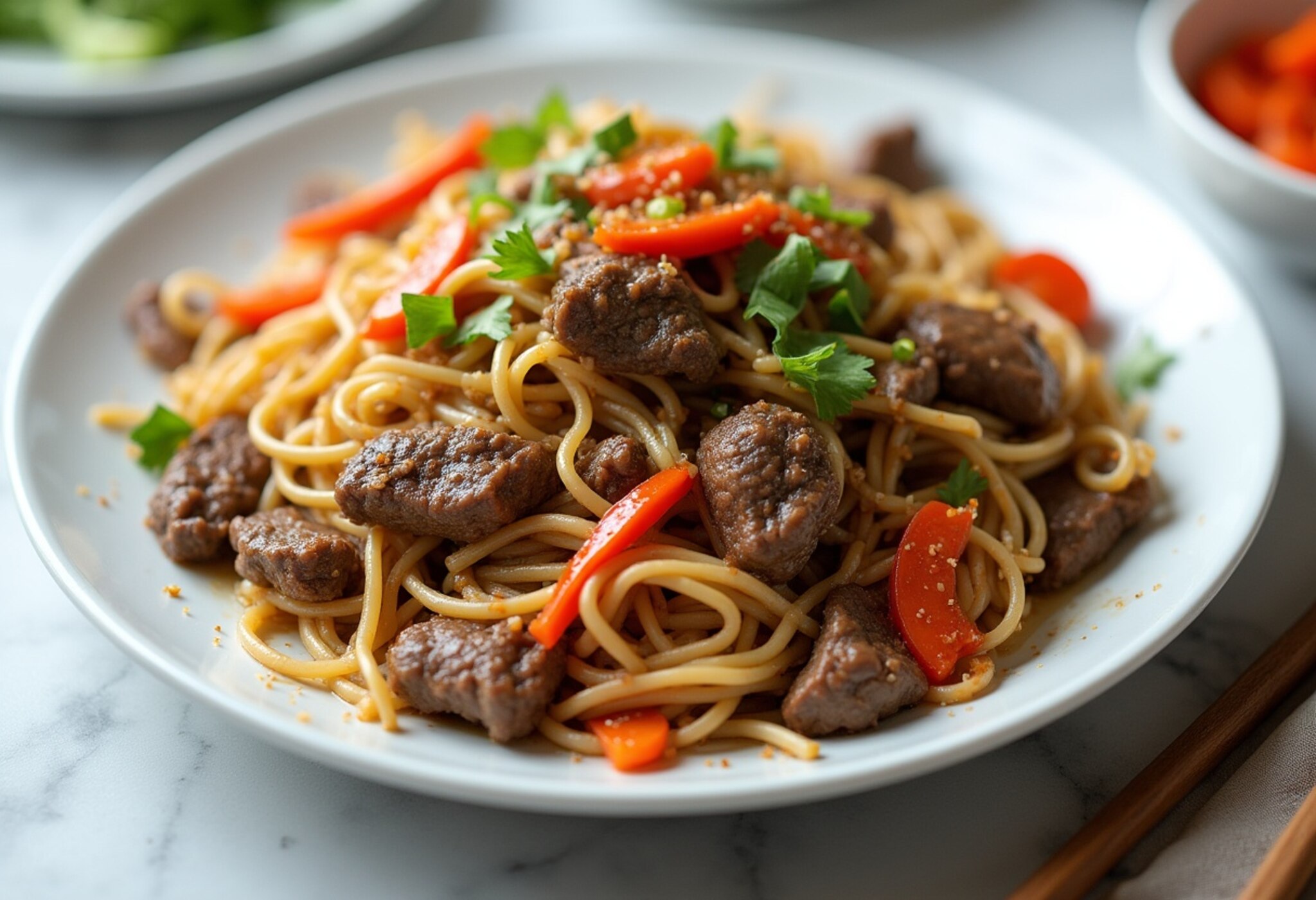
Beef chow mein is a beloved classic that never fails to satisfy. This quick and flavorful dish combines tender beef, crisp vegetables, and a savory sauce for a meal that’s both comforting and impressive. Whether you’re craving a taste of your favorite takeout or looking to add a new go-to recipe to your repertoire, this beef chow mein is sure to become a new family favorite.
Chow mein has been a staple of Chinese cuisine for generations, and its popularity has only continued to grow around the world. The combination of sautéed noodles, crunchy vegetables, and juicy protein is a winning formula that hits all the right notes – savory, slightly sweet, and utterly delicious.
❤️ Why You’ll Love This Recipe ❓
What sets this beef chow mein recipe apart is the perfect balance of flavors and textures. The tender beef is seared to perfection, while the vegetables retain a satisfying crunch. The chow mein noodles provide a delightful base, soaking up the rich, umami-packed sauce. Plus, this dish comes together in a matter of minutes, making it an excellent choice for busy weeknights or casual gatherings.
Beyond its exceptional taste, this beef chow mein recipe is also incredibly versatile. You can easily adapt it to accommodate dietary preferences or what you have on hand in your pantry. Whether you’re in the mood for a hearty, protein-packed meal or a lighter, vegetable-forward option, this recipe can be tailored to suit your needs.
🛒 What You Need to Prepare Beef Chow Mein ❓
• 8 oz. chow mein noodles
• 2 tablespoons vegetable oil
• 3 cloves garlic, minced
• 1 inch fresh ginger, peeled and grated
• 1 onion, sliced
• 2 cups shredded cabbage
• 1 red bell pepper, sliced
• 2 tablespoons soy sauce
• 1 tablespoon rice vinegar
• 1 teaspoon sesame oil
• Salt and pepper to taste
The beauty of this beef chow mein is that most ingredients are pantry or freezer staples. The combination of tender beef, crunchy vegetables, and savory Asian-inspired flavors creates the irresistible taste that has made chow mein recipes perennially popular.
📝 How to Make Beef Chow Mein Step-by-Step ❓
• Step 2: In a large skillet or wok, heat the vegetable oil over high heat. Add the beef and sear for 2-3 minutes, until browned on the outside but still slightly pink in the center. Remove the beef from the pan and set aside.
• Step 3: In the same pan, sauté the garlic and ginger for 1 minute until fragrant. Add the onion, cabbage, and bell pepper. Stir-fry for 3-4 minutes, until the vegetables are tender-crisp.
• Step 4: Return the seared beef to the pan, along with the cooked noodles, soy sauce, rice vinegar, and sesame oil. Toss everything together until well combined and heated through, about 2-3 minutes.
• Step 5: Season with salt and pepper to taste. Serve hot, garnished with additional sliced green onions or sesame seeds, if desired.
⏱️ Timing Overview
• Cooking time: 10 minutes
• Total time: 25 minutes
Compared to traditional chow mein dishes that can take up to 45 minutes to prepare, this beef chow mein recipe saves you 45% of your cooking time while delivering similar flavors.
👩🏻⚕️ Nutritional Information
Per serving (based on 4 servings):
• Protein: 28g
• Carbohydrates: 37g
• Fat: 18g
• Fiber: 4g
• Sodium: 770mg
These beef chow mein provide approximately 50% of your daily protein requirements and 16% of your daily carbohydrate needs, making them not just delicious but nutritionally valuable as well.
🔄 Healthier Alternatives for the Recipe
• Lower-carb version: Replace the chow mein noodles with spiralized zucchini or shirataki noodles.
• Dairy-free adaptation: Omit the sesame oil and use coconut aminos instead of soy sauce.
• Added protein: Add 1/2 cup cooked edamame or 1/4 cup roasted peanuts for an extra protein boost.
• Boost vegetables: Include additional veggies like mushrooms, snap peas, or bean sprouts to increase the fiber and nutrient content.
These modifications can reduce calories by up to 20% or adapt the recipe for specific dietary needs without compromising the fundamental flavor profile of the beef chow mein.
🍽️ Serving Suggestions
• Pair with a fresh Asian-inspired salad or a simple vegetable stir-fry for a complete meal.
• Complement the chow mein with a hot and sour soup or a crisp cucumber salad.
• For a casual dinner, serve the beef chow mein alongside egg rolls or spring rolls.
• Create an appetizer platter with the chow mein, along with skewers of teriyaki chicken or pork, and a selection of pickled vegetables.
❌ Common Mistakes to Avoid
• Not prepping the ingredients: Having all your vegetables chopped and ready to go before you start cooking will ensure a smooth and efficient cooking process.
• Skimping on the sauce: The soy sauce, rice vinegar, and sesame oil are crucial for creating the signature chow mein flavor, so don’t be afraid to use the full amounts called for in the recipe.
• Overloading the pan: Working in batches when searing the beef and stir-frying the vegetables will help ensure even cooking and prevent the ingredients from steaming instead of searing.
• Forgetting to season: Don’t forget to taste and adjust the seasoning with salt and pepper at the end to bring out the best flavors.
🧊 Storing Tips for the Recipe
These beef chow mein retain their quality remarkably well:
• Freezing unbaked: Prepare the chow mein up to the point of adding the noodles, then let it cool completely. Transfer to a freezer-safe container and freeze for up to 3 months. Thaw in the refrigerator overnight before reheating and adding the noodles.
• Freezing baked: Allow the chow mein to cool completely, then portion it into individual servings and wrap tightly in plastic wrap or aluminum foil. Freeze for up to 2 months. To reheat, thaw in the refrigerator overnight and then reheat in the microwave or a skillet until heated through.
• Reheating: For best results, reheat the chow mein in a skillet over medium heat, stirring frequently, until heated through and the noodles have regained their texture.
❓ FAQs
Can I make the beef chow mein ahead of time?
Yes, you can prepare the chow mein in advance. Cook the noodles and prepare the remaining ingredients, but wait to add the noodles until just before serving. Store the cooked beef and vegetables in an airtight container in the refrigerator for up to 3 days. When ready to serve, simply reheat the mixture and add the noodles.
Can I substitute the beef with a different protein?
Absolutely! This recipe is very versatile and can be made with a variety of proteins. Chicken, pork, shrimp, or even tofu would all work well as substitutes for the beef. Adjust the cooking time as needed to ensure the new protein is cooked through.
Is there a way to make this recipe gluten-free or low-carb?
Yes, there are a few options to adapt this recipe for specific dietary needs. For a gluten-free version, use tamari or coconut aminos instead of soy sauce, and opt for gluten-free chow mein noodles or zucchini noodles. To make it low-carb, replace the chow mein noodles with spiralized zucchini or shirataki noodles.
Why is my chow mein turning out soggy?
Soggy chow mein is often the result of overcrowding the pan or not cooking the noodles and vegetables long enough. Be sure to work in batches, if necessary, and allow the ingredients to sear and develop a bit of caramelization before tossing everything together. Proper timing and not overcrowding the pan are key to achieving the perfect texture.
Can I add more vegetables to this recipe?
Absolutely! This beef chow mein is very versatile and can easily accommodate additional vegetables. Some great options include sliced mushrooms, snow peas, bean sprouts, or even shredded carrots. Just be sure to adjust the cooking time as needed to ensure the vegetables are tender-crisp.
Conclusion
These beef chow mein represent the perfect balance of convenience, flavor, and presentation. Whether you’re serving them as a quick weeknight dinner or as part of a larger Asian-inspired feast, they’re sure to impress with their savory, umami-packed flavors and satisfying textures. The versatility of this recipe allows for countless variations to suit your taste preferences and dietary needs.
With simple ingredients and straightforward preparation, these beef chow mein demonstrate that sophisticated flavors don’t require complicated techniques just quality ingredients and a little bit of care in the cooking process.
So, get ready to experience the irresistible taste of this classic dish that’s sure to become a new staple in your household.
Print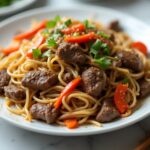
Beef Chow Mein Recipe
- Total Time: 25 minutes
Ingredients
• 1 lb. beef sirloin, thinly sliced
• 8 oz. chow mein noodles
• 2 tablespoons vegetable oil
• 3 cloves garlic, minced
• 1 inch fresh ginger, peeled and grated
• 1 onion, sliced
• 2 cups shredded cabbage
• 1 red bell pepper, sliced
• 2 tablespoons soy sauce
• 1 tablespoon rice vinegar
• 1 teaspoon sesame oil
• Salt and pepper to taste
Instructions
• Step 1: Bring a large pot of water to a boil. Cook the chow mein noodles according to package instructions, then drain and set aside.
• Step 2: In a large skillet or wok, heat the vegetable oil over high heat. Add the beef and sear for 2-3 minutes, until browned on the outside but still slightly pink in the center. Remove the beef from the pan and set aside.
• Step 3: In the same pan, sauté the garlic and ginger for 1 minute until fragrant. Add the onion, cabbage, and bell pepper. Stir-fry for 3-4 minutes, until the vegetables are tender-crisp.
• Step 4: Return the seared beef to the pan, along with the cooked noodles, soy sauce, rice vinegar, and sesame oil. Toss everything together until well combined and heated through, about 2-3 minutes.
• Step 5: Season with salt and pepper to taste. Serve hot, garnished with additional sliced green onions or sesame seeds, if desired.
- Prep Time: 15 minutes
- Cook Time: 10 minutes
- Category: Dinner
- Cuisine: Americans
Nutrition
- Serving Size: 4 servings
- Calories: 400
- Sodium: 770mg
- Fat: 18g
- Carbohydrates: 37g
- Fiber: 4g
- Protein: 28g
Keywords: Beef Chow Mein Recipe

